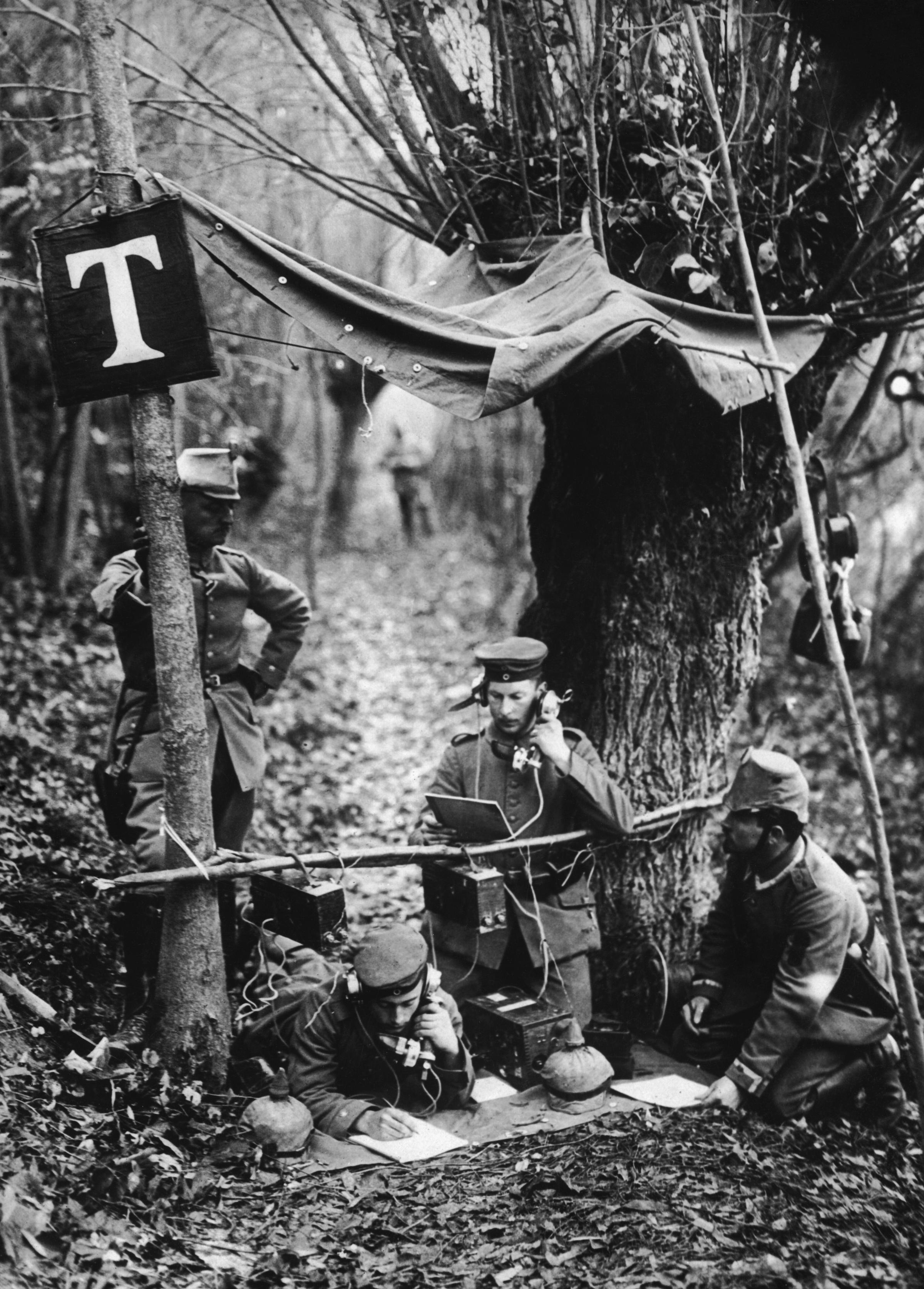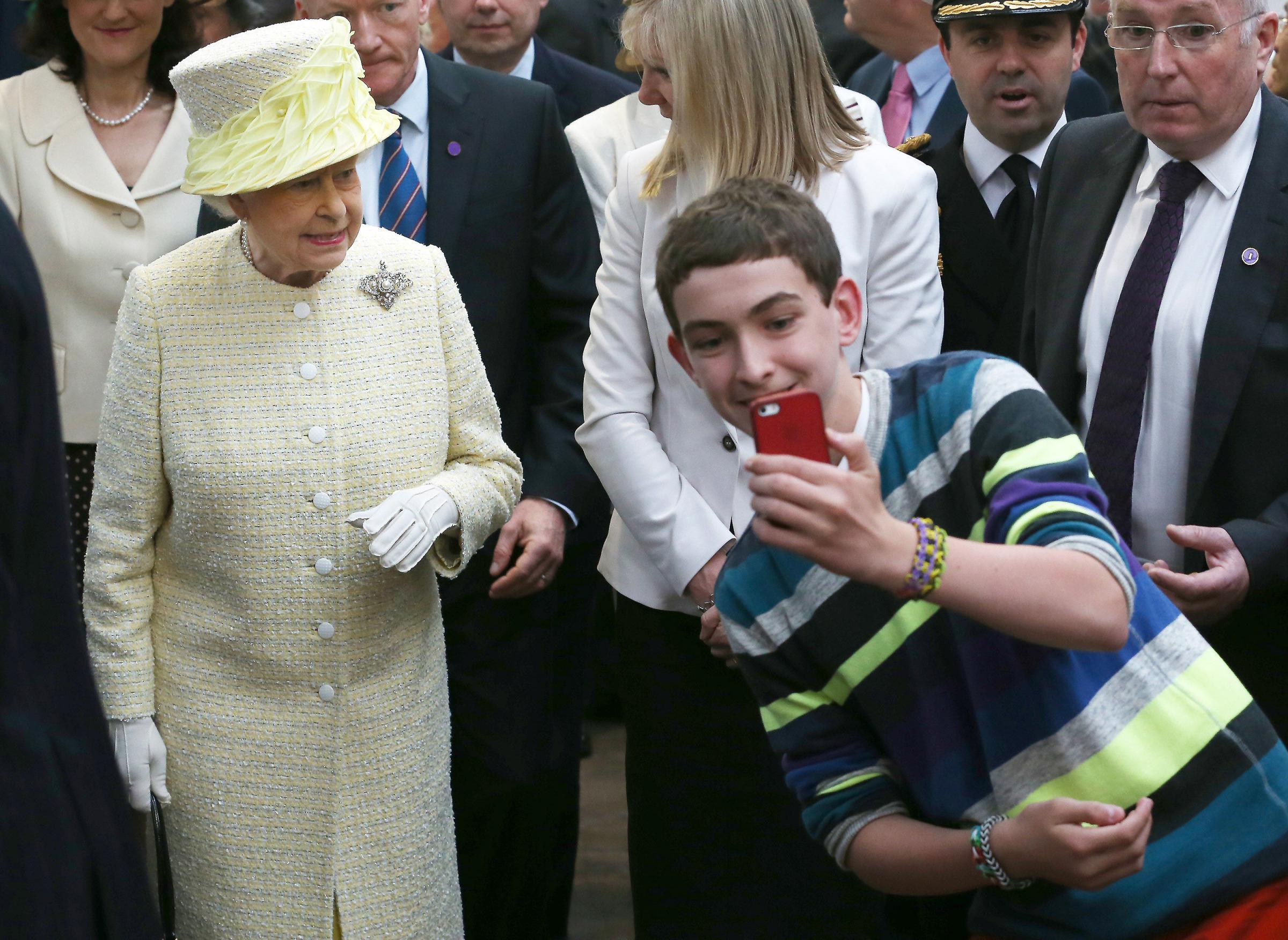
While adolescent girls and boys text at the same rates, girls tend to text more compulsively than boys—and their grades might suffer as a result, a new study found.
The Pew Research Center study of Millennial communication habits, published in the American Psychological Association’s Psychology of Popular Media journal, found that texting is hugely popular among teenagers, with 63% of teens reporting they send and receive an average of 167 texts per day. (Only 35% report socializing face-to-face outside of school.)
Researchers surveyed 403 students in the 8th and 11th grades in a rural Midwestern town, roughly evenly divided by gender, about their academic performance. They also created a “compulsive texting scale,” which differentiated between whether a person reported compulsively texting or simply frequently texting with questions like, “Do you find yourself frustrated because you want to text but you have to wait?” and “Do you fear that life without texting would be boring and unhappy?”
“Compulsive texting is more complex than frequency of texting,” said lead author Kelly Lister-Landman, an assistant professor of psychology at Delaware County Community College. “It involves trying and failing to cut back on texting, becoming defensive when challenged about the behavior, and feeling frustrated when one can’t do it.”
But Lister-Landman hesitates to use the word “addiction” with compulsive texting, saying that she preferred not to use a clinical term with what psychologists view as a maladaptive behavior. In other words, while compulsively texting can be a problem, it may not be clinical disorder.
The findings show a gender disparity: while boys and girls both text at about the same rates, girls compulsively text about 20% more than boys. There also seems to be a connection between poor grades and compulsive texting that affects girls more strongly than boys.
The reasons why this is the case could come down to the different reasons why girls and boys text. A previous study showed that while boys tend to text to convey information, girls use texting as a means of social interaction and developing relationships, whether they be familial, friendly or romantic.
The study has limitations in its demographic: respondents were primarily Caucasian attendees of a school in middle America. The research group also wants to figure out whether there are differences in who is sending and receiving texts and whether that affects compulsive texting.
Lister-Landman stressed that the study doesn’t mean that all texting is bad. “Sure, this study shows the impact of compulsive texting on grades,” she said. “But texting can be a wonderful tool of communication.”
PHOTOS: The Rise of Mobile Phones from 1916 to Today













More Must-Reads From TIME
- The 100 Most Influential People of 2024
- Coco Gauff Is Playing for Herself Now
- Scenes From Pro-Palestinian Encampments Across U.S. Universities
- 6 Compliments That Land Every Time
- If You're Dating Right Now , You're Brave: Column
- The AI That Could Heal a Divided Internet
- Fallout Is a Brilliant Model for the Future of Video Game Adaptations
- Want Weekly Recs on What to Watch, Read, and More? Sign Up for Worth Your Time
Write to Tanya Basu at tanya.basu@time.com